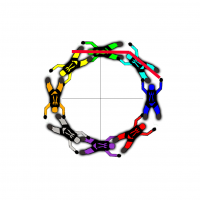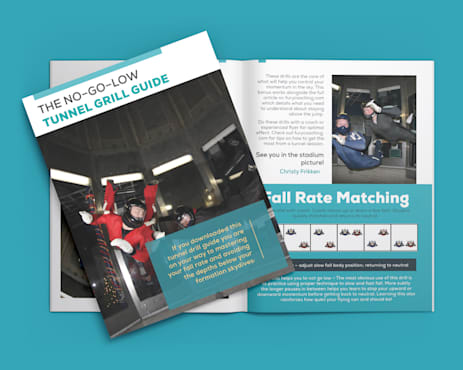Handy 4-way Geometry Terms You Have Forgotten
Monday, March 29, 2021
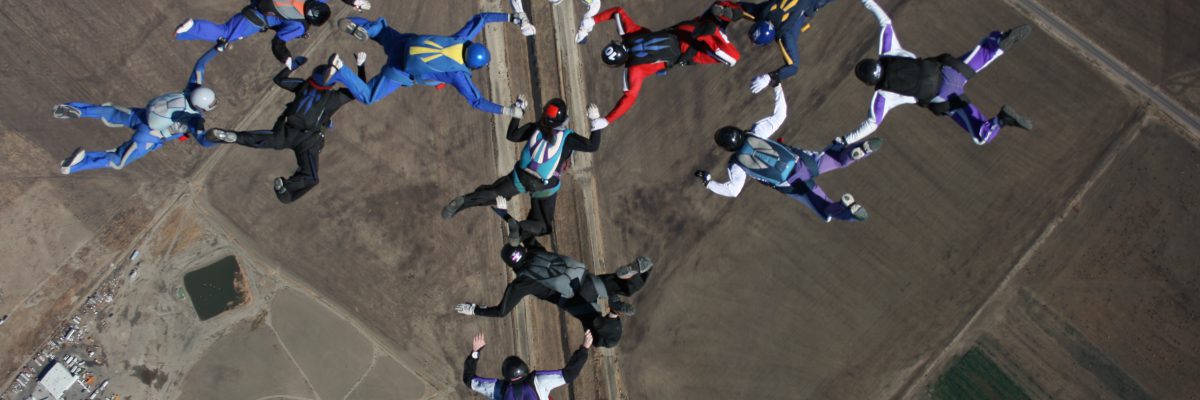
Has it been a long time since high school geometry? Maybe you never paid much attention? Refresh some useful 4-way vocabulary terms to avoid looking lost on the creeper pad.
Parallel/Perpendicular
These words most commonly are used when talking about your angle relative to someone else.
Perpendicular – two lines which cross to form a 90-degree angle
 |
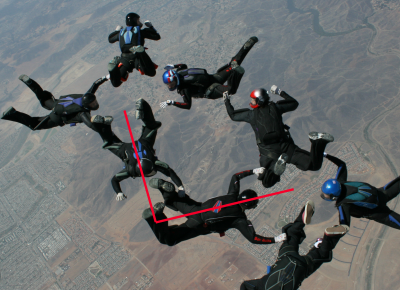 |
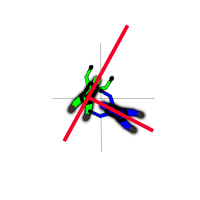 |
Parallel – two infinite lines that do not intersect at any point
 |
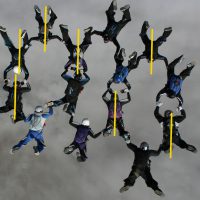 |
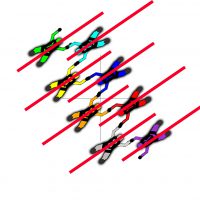 |
Degrees
Most commonly used terms for turning. It can also refer to your position relative to an airframe, or the angle of movement in a block.
 |
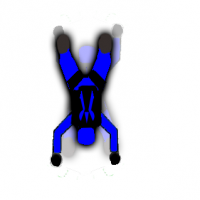 |
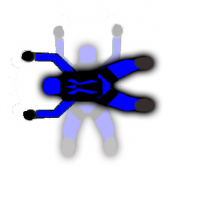 |
 |
 |
 |
| 90 degrees | 180 degrees | 270 degrees | 360 degrees | 540 degrees | 720 degrees |
| 1/4 turn | 1/2 turn | 3/4 turn | 1 full turn | 1 1/2 turn | 2 full turns |
 |
 |
 |
| 30 degrees | 45 degrees | 60 degrees |
Acute/Obtuse
Acute angles are small angles less than 90 degrees.
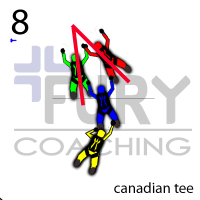 |
 |
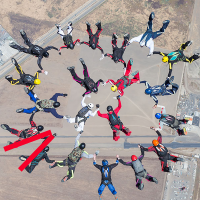 |
An obtuse angle has a measurement greater than 90 degrees but less than 180 degrees.
Right/Left
See Obtuse
Hopefully, this clarifies a few common terms that can be used to articulate formations with precision!
